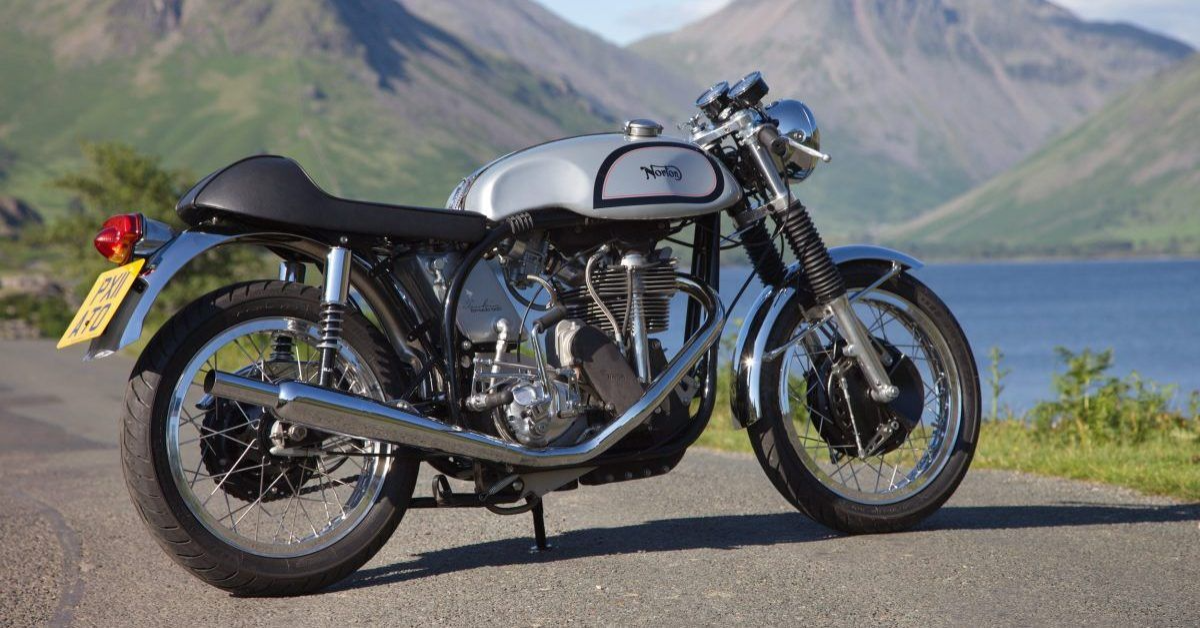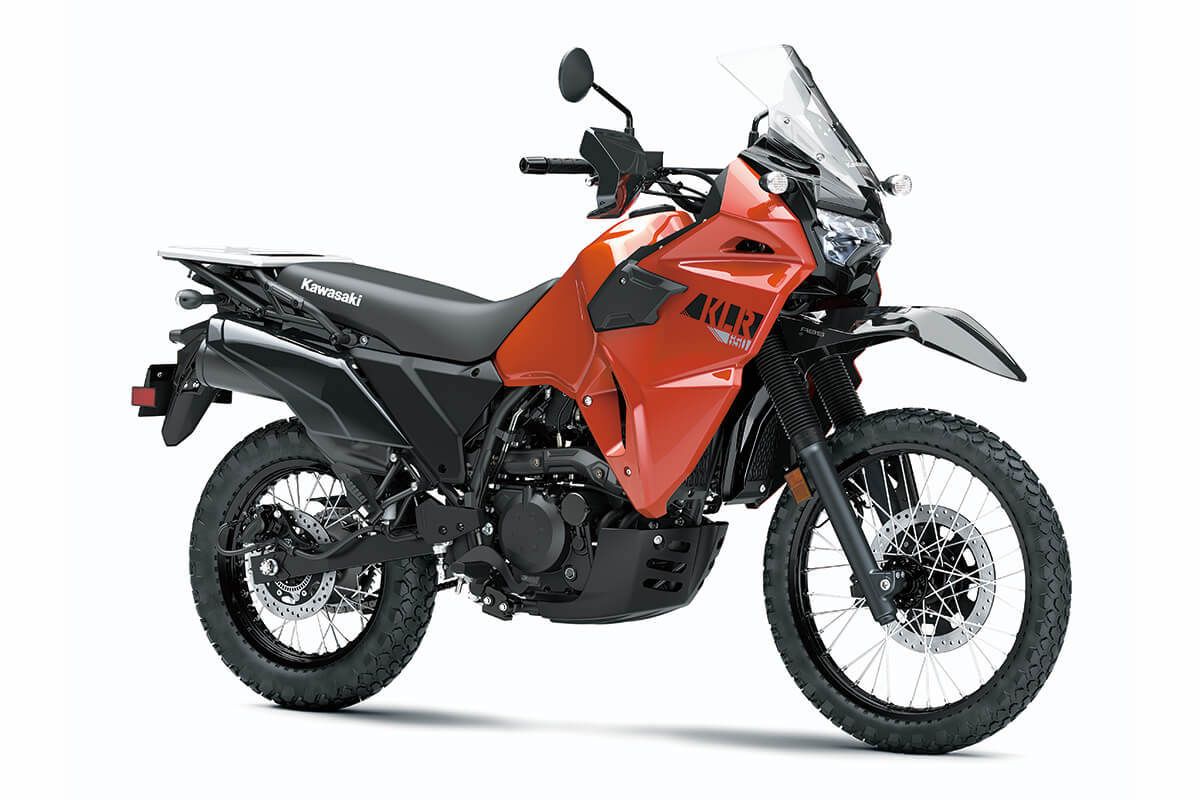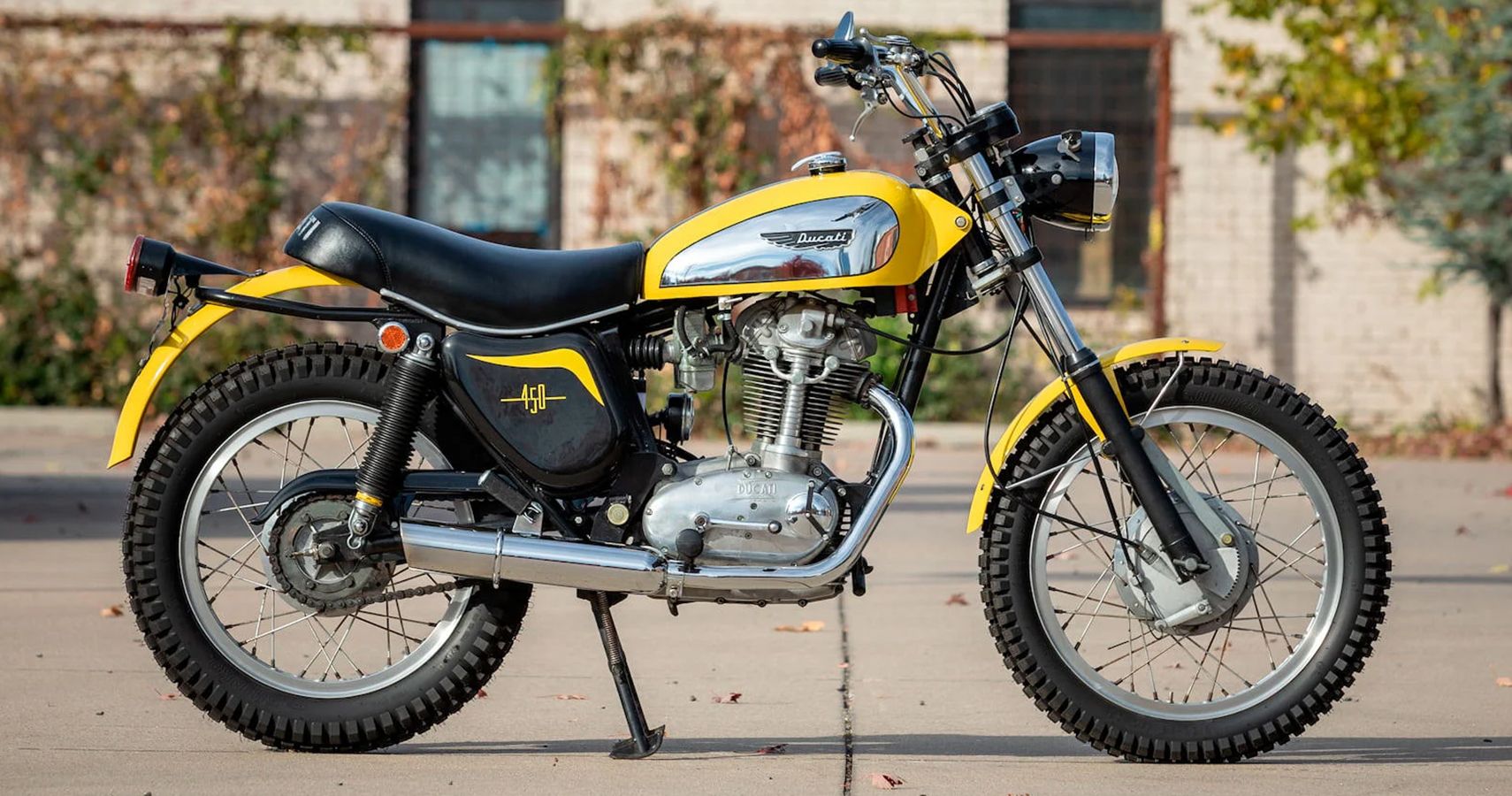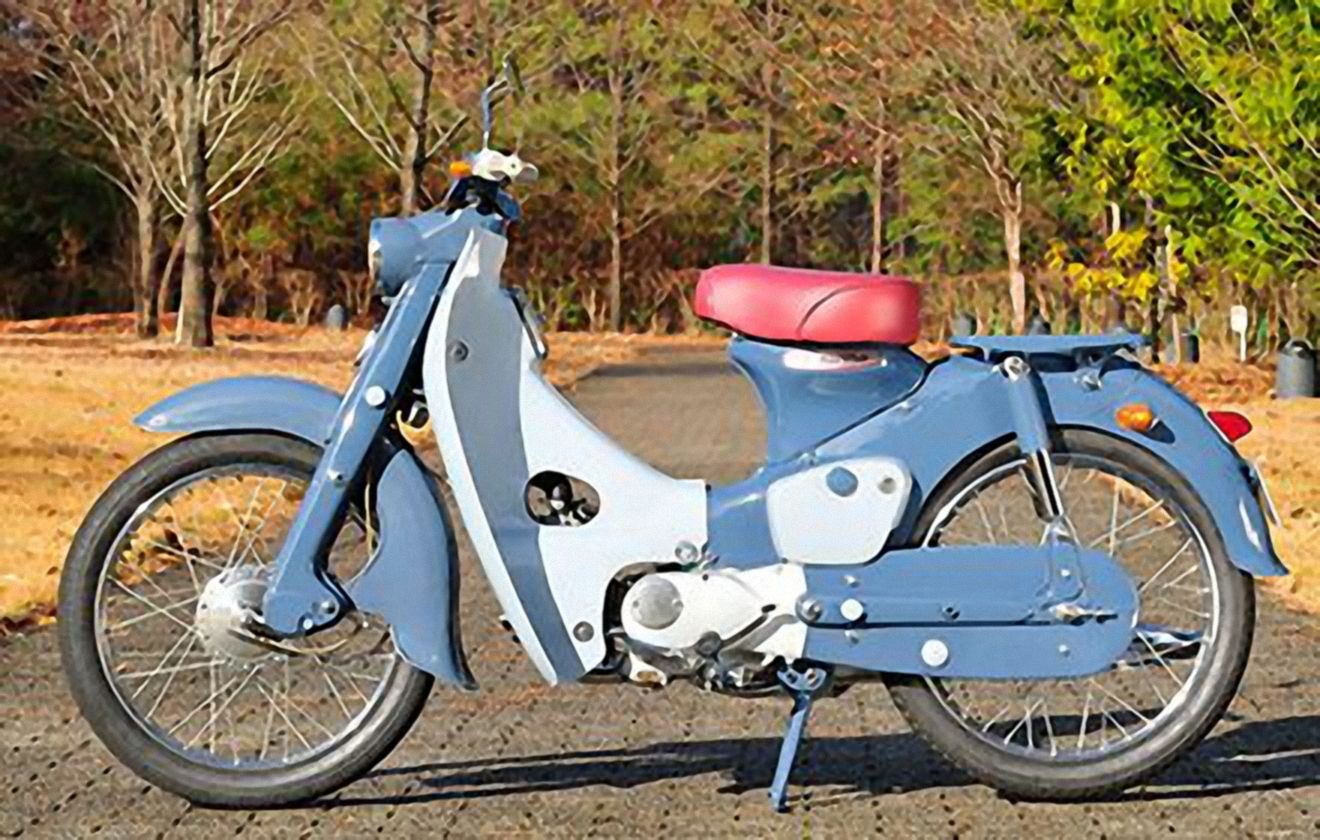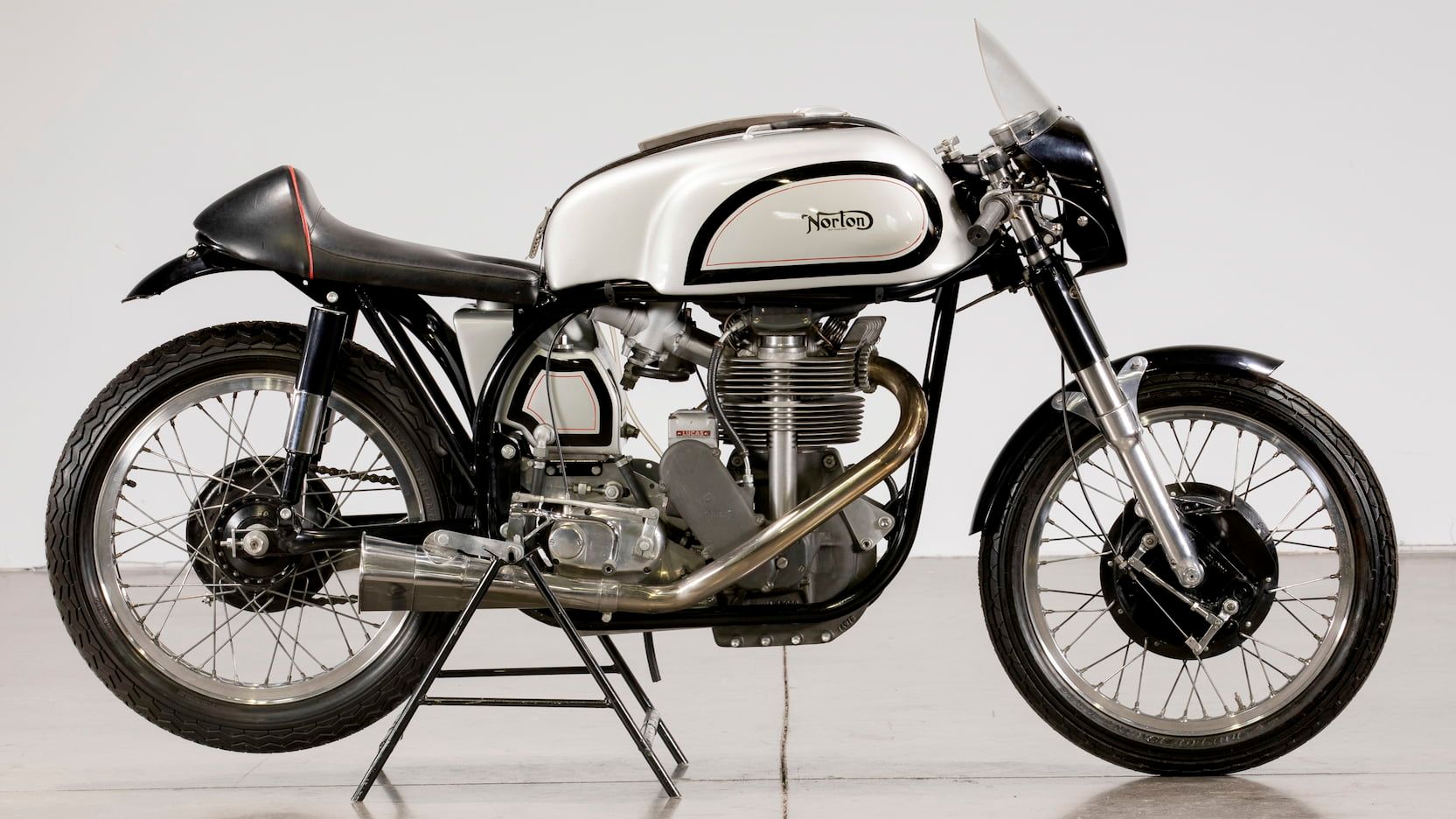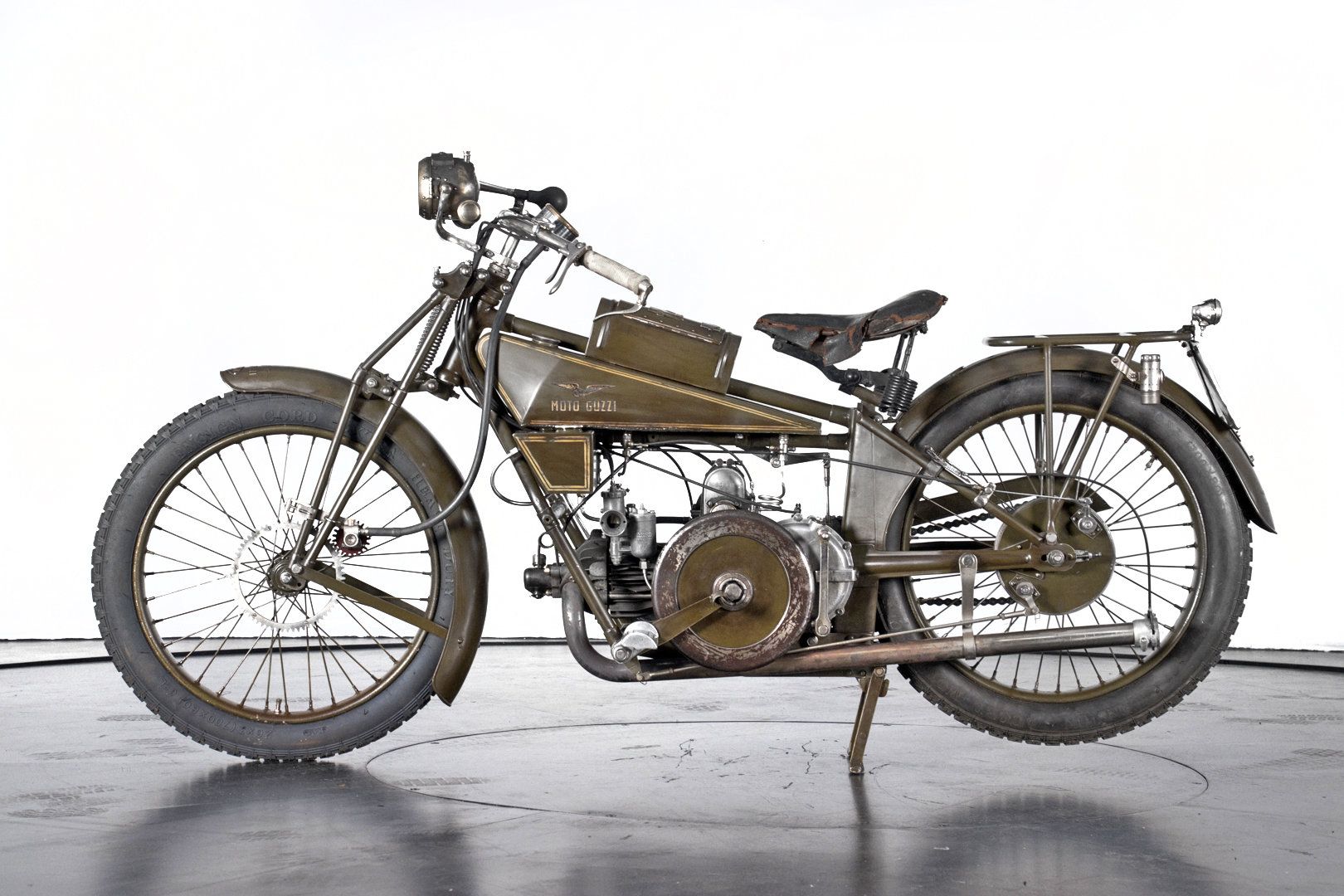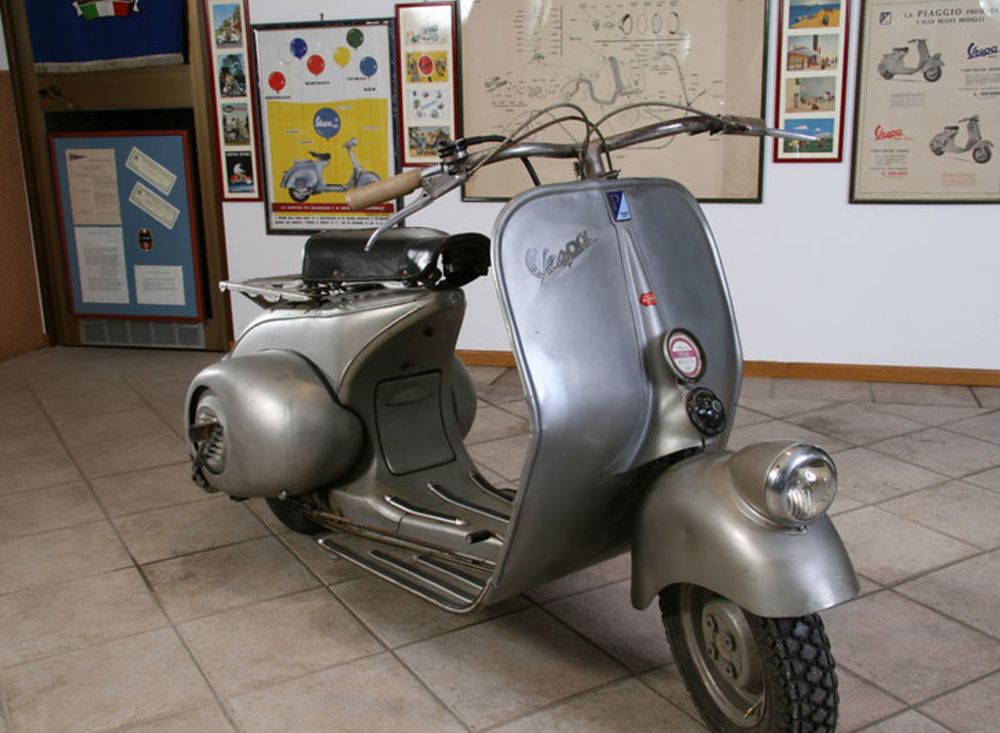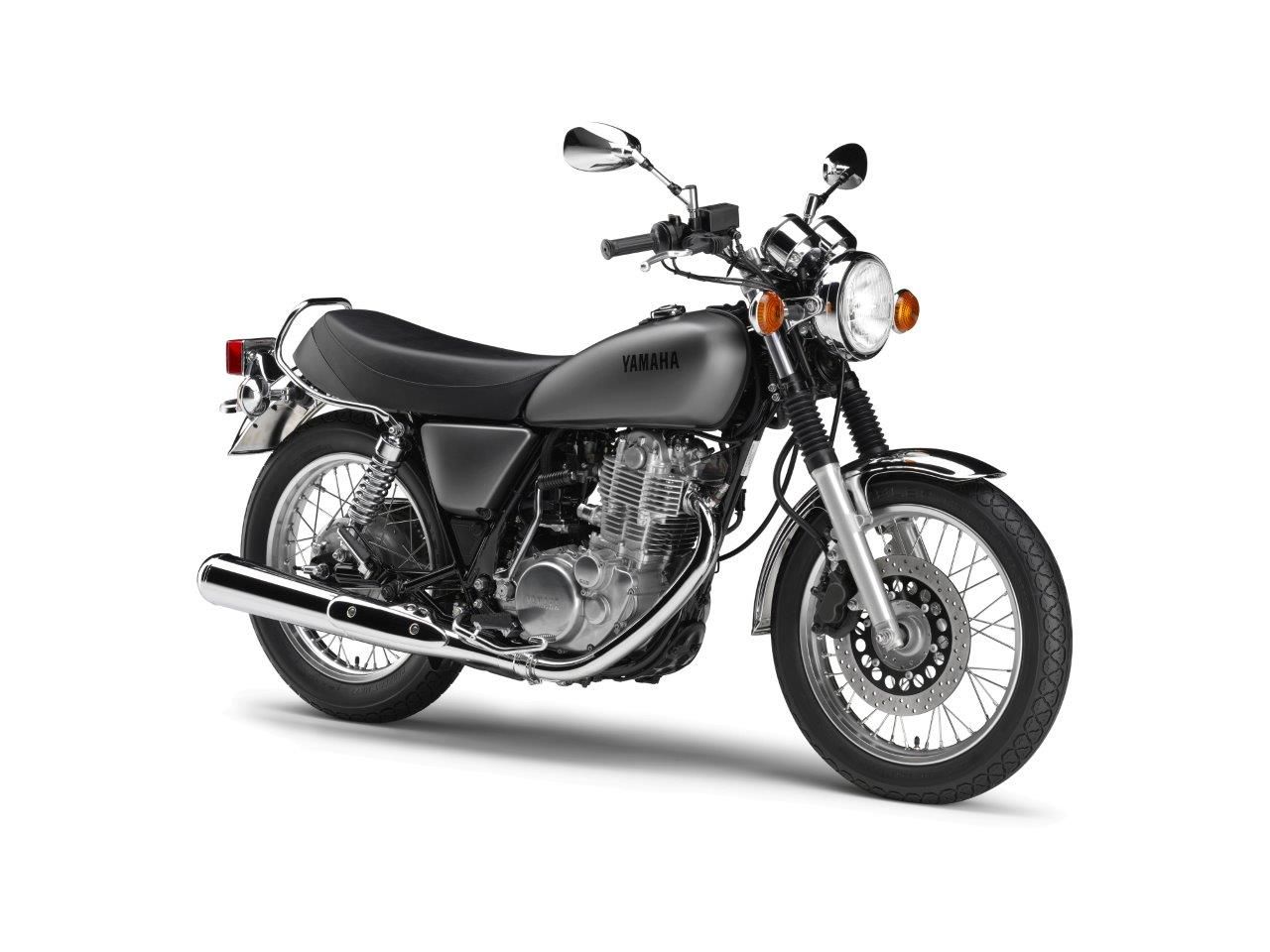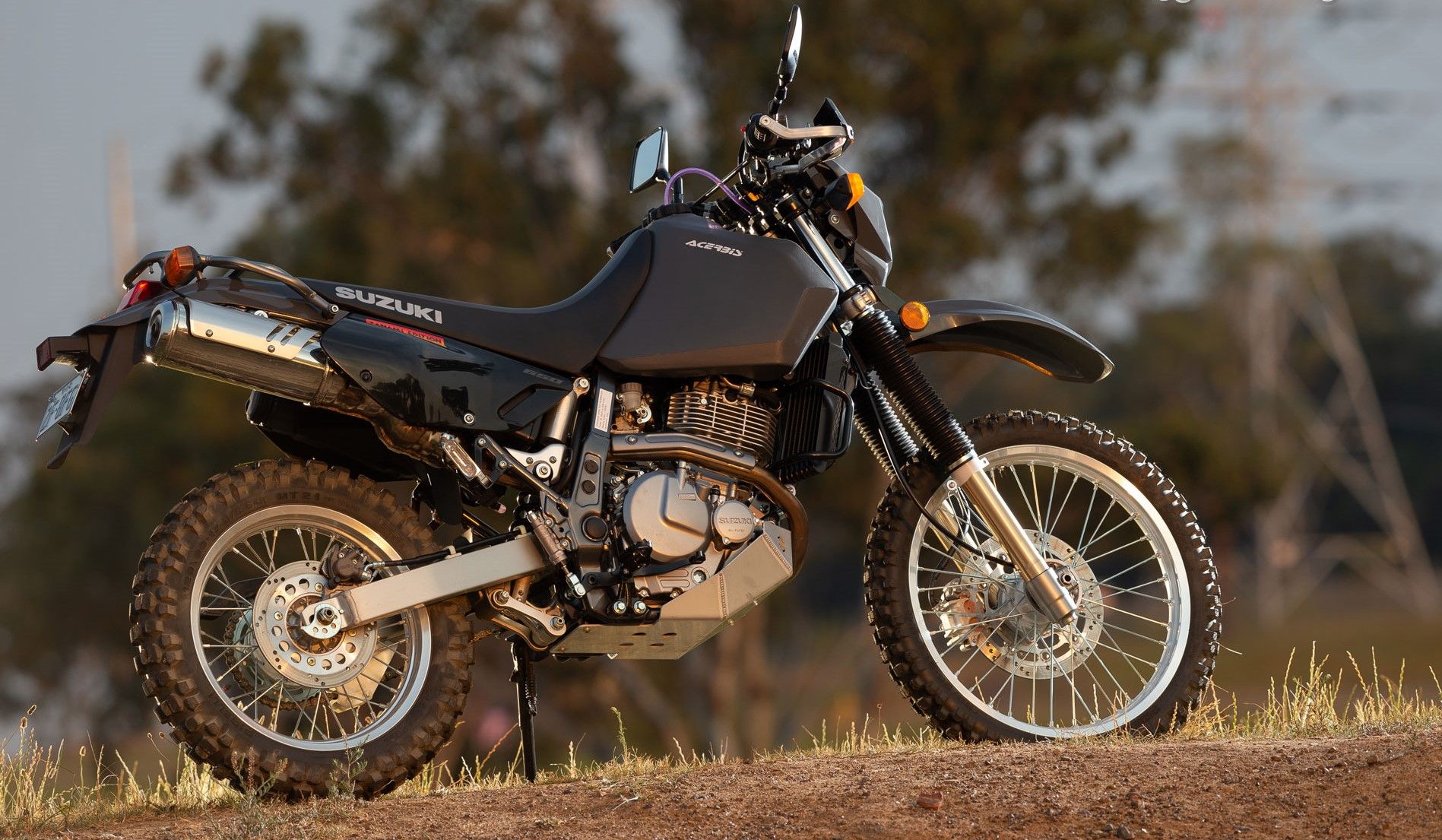It’s a misconception that single-cylinder motorcycles are slow, dull, and lack engagement. Early on, single-cylinder motorcycles were the dominant force. It was only after the second World War that parallel twins and the multi-cylinder engines took over.
That said, single-cylinder motorcycles, to this day, are out in full force. It’s true that they’re mostly used in daily, bread-and-butter motorcycles that aren’t exactly used with performance in mind. This is down to the fact that they’re simple, inexpensive to produce, and adaptable, making them the easy pick for manufacturers to equip their low-cost motorcycles with. On the downside, they’re prone to more vibrations, produce less power and have limited development potential compared to motorcycles with multiple cylinders.
All that said, we wouldn’t be where we are today without the single-cylinder engine. With that, here’s our list of the best single-cylinder motorcycles ever produced.
10 Kawasaki KLR 650
Active Years: 1987 Onwards
What’s undeniable about the Kawasaki KLR650 is that it’s a dependable workhorse. Today, we'd categorize it as an Adventure bike; although, upon its initial introduction, it would have been hailed as a substantial trail bike capable of both on-road and off-road riding. Its simplicity and durability make it nearly indestructible. Known for its straightforward nature, the KLR650 is straightforward to ride, boasts affordability in terms of acquisition and upkeep, and is notably fuel-efficient.
Its appeal lies significantly in its uncomplicated design, which ensures that repairs can be conducted virtually anywhere. In 2008, it underwent an engine update, embracing a 652cc displacement, double overhead cam setup, dual counterbalancers, and water cooling. Fuel injection and ABS were introduced only in 2022. It undoubtedly secures its spot on this list due to being a default choice for many adventurers seeking to travel the world, a testament to its enduring reliability.
9 Ducati Scrambler
Active Years: 1962-1974
Spanning the era between the bicycle bolt-on engines of the 1950s and the inception of the first V-twins in the early 1970s, Ducati embarked on a chapter producing a range of single-cylinder motorcycles under the Scrambler name. The Scrambler lineup featured a bevel drive mechanism directing power to the overhead camshafts, accompanied by a mildly 'scrambler' aesthetic.
Promoted as a versatile 4-in-1 motorcycle, the Scrambler could be adapted for various riding conditions. By altering the handlebars and exhaust configuration, it seamlessly transitioned from road racing to short track scrambling and enduro racing. The bike was accompanied by a competition kit, inclusive of spare cables, distinct sprockets, and solid struts designed to replace the rear shock absorbers, facilitating its use in short-track scenarios.
Available in 250cc, 350cc, and 450cc iterations, the latter featured desmodromic valve operation. This introduction marked the company's initial venture into this innovative valve technology, which would become a key aspect of Ducati's engineering identity.
8 Honda Super Cub
Active Years: 1955 Onwards
Post the second World War, the perception of the single-cylinder engine changed. Previously viewed as a conventional engineering solution, the aftermath of the war saw the emergence of simple, cost-effective small-displacement single-cylinder engines as a necessity for revitalizing economies and communities. Soichiro Honda's Super Cub was crafted with the intention of being user-friendly, low-maintenance, safe, and environmentally conscious.
While these attributes might suggest a formula for monotony, history reveals a contrary perspective. Evidently, the world disagreed, evident in the remarkable sales tally of over 120 million units to date. While the precise origins of the shift cannot be attributed solely to Honda, the impact of the “You Meet The Nicest People On A Honda” advertising campaign in the 1960s profoundly altered the perception of motorcycling. This, in turn, specifically reshaped the public's view of Japanese motorcycles, establishing the bedrock for their subsequent success in the coming decades.
7 Norton Manx
Active Years: 1947-1962
The 'Manx' label had been used on Norton racing motorcycles since 1936. However, it was the iteration that emerged after World War II that, alongside the BSA Gold Star, stood as a pillar of British racing triumphs, running well into the 1960s. This period endured even as multi-cylinder designs from Italy and Japan revolutionized the realm of racing motorcycles. The heart of this machine was a single-cylinder, double overhead camshaft engine, available in either 350cc or 500cc configurations. Commencing in 1950, the frame adopted the iconic 'Featherbed' dual loop design. This frame attribute endowed the Manx with exceptional steering and handling capabilities.
The accessibility of the Manx Norton enabled numerous aspiring racers to launch their careers, among them a youthful Mike Hailwood. Furthermore, the engine found widespread use as the powerplant for British Formula 3 racing. This adoption catalyzed British dominance in Grand Prix racing, particularly when integrated into chassis developed by the Cooper Car Company.
6 Moto Guzzi
Active Years: 1921-1966
Now recognized for its iconic transverse V-twin engines, Moto Guzzi initially relied on the horizontal single-cylinder engine conceived by Carlo Guzzi, one of the company's three founding members, for a significant 45-year period. During this time, much like numerous other motorcycle manufacturers of the era, racing played a pivotal role in both the developmental trajectory and marketing strategy of Guzzi's offerings. By the time the company withdrew from racing in 1957, the single-cylinder Moto Guzzis had secured victory in an impressive 3,329 races. This feat included clinching eight World Championships and triumphing in eleven Isle of Man TT races.
The exploration into the scooter market saw Moto Guzzi crossing paths with Lambretta, the latter responding with a prototype V-Twin motorcycle. This spurred the two companies to negotiate an agreement, preventing either from encroaching upon the other's territory. Eventually, the transverse V-twin engine would replace the single-cylinder powerplant. However, it was the triumphs of the single-cylinder motorcycles that truly etched Moto Guzzi's name onto the map of motorcycle history.
5 Vespa
Active Years: 1946 Onwards
Similar to Japan, Italy emerged from the aftermath of the second World War in 1945, grappling with a ruined economy. Piaggio, a company previously engaged in aircraft manufacturing during the war, found itself prohibited from continuing this pursuit post-conflict. Surveying Italy's dire situation, Enrico Piaggio discerned an acute need for cost-effective transportation. This realization paved the way for the birth of the Vespa.
Positioned beside the rear wheel, the single-cylinder, two-stroke engine eliminated the necessity for drive chains. This innovation not only voided the demands of maintenance but also addressed cleanliness issues. By enveloping the mechanical components and incorporating a curved shield, the Vespa offered both practical functionality and aesthetic appeal, while simultaneously safeguarding the rider.
4 BSA Bantam
Active Years: 1948-1971
Following World War II, Germany was forced to relinquish numerous engineering blueprints as part of war reparations. Among these designs was the DKW RT125 motorcycle, whose schematics found their way to Harley-Davidson in the USA and BSA in Britain. In response, BSA crafted the Bantam model, which would eventually claim the title of the best-selling motorcycle in British motorcycle industry history. Certain estimates even suggest a staggering production tally reaching 500,000 units.
The heart of the Bantam model lay in its single-cylinder two-stroke engine, cleverly integrated with the gearbox within a single unit. This engine featured an iron barrel coupled with an aluminum cylinder head. Much like the Gold Star model, the Bantams made their mark both on- and off-road. This model contributed to affordable transportation for the British populace, paralleling the role played by the Honda Super Cub and Vespa in Japan and Italy.
3 BSA Gold Star DBD34
Active Years: 1956-1963
The inception of the BSA Gold Star model can be traced back to 1938, marking the commemoration of Wal Handley's remarkable achievement of reaching 100 mph during a lap at the Brooklands racing circuit, an accomplishment that earned him the esteemed 'Gold Star' emblem. The range of models that bore the Gold Star designation showed versatility, excelling in diverse motorcycle sports, encompassing everything from road racing to scrambles and trials.
Nonetheless, it was the 1956 DBD34 iteration that truly captured the imagination of countless enthusiasts. Featuring a 500cc single-cylinder engine, it was distinguished by its clip-on handlebars, chrome tank, and swept-back exhaust header. Notably, its top speed of 110 mph, coupled with a closely-spaced gearbox equipped with a first gear capable of catapulting the bike to 60 mph, solidified its status as a standout. This model was pivotal in sparking the phenomenon known as the café racer culture.
2 Yamaha SR400/500
Active Years: 1978-2021
While the Japanese manufacturers undoubtedly asserted their dominance on the racing circuit during the 1960s through multi-cylinder engine designs, they simultaneously engaged in the production of single-cylinder engines for road motorcycles. Yamaha's SR models defined this approach, emphasizing user-friendliness and effortless riding.
Moreover, Yamaha's innovation was evident in the SR series. The frame's downtubes pulled double duty, functioning as reservoirs for both oil and coolant. The air/oil-cooled single-cylinder engines underpinning these models displayed commendable strength and reliability, delivering approximately 30 horsepower.
1 Suzuki DR650S
Active Years: 1990-Now
Suzuki claims the DR650S is the best dual-sport motorcycle available, and there are plenty of reasons to believe them. Its 644cc, four-stroke, single-cylinder is a simple engine, yet it produces enough power in the DR650S to take you through bumpy trails as well as city roads.
The bike itself had a low curb weight of 366 pounds, thanks to the lightweight, double-cradle frame and extensive use of aluminum all over the body. This allowed the simple-yet-effective engine to shine all the more. It’s also extremely reliable and is known for how easy it is to maintain.

